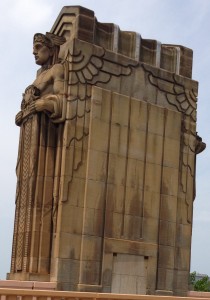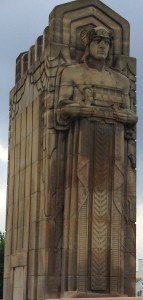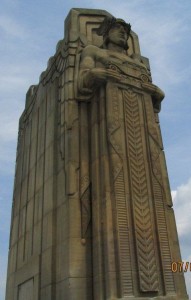This is an obit that made me say “Wow.” when I read it.
Jack Jennings has died at the age of 104.
Mr. Jennings was a private in the British Army (1st Battalion Cambridgeshire Regiment) and was serving in Singapore when it fell to the Japanese in 1942. He was one of “an estimated 85,000” soldiers captured and taken prisoner.
He and the other POWs were put to work building the Burma Railway.
He survived the searing heat of the Indochinese jungle; a daily diet of rice, watery gruel and a teaspoon of sugar; and a battery of ailments: malnutrition, dysentery, malaria and renal colic. He developed a leg ulcer that required skin grafts, which were performed without anesthesia.
“At least 15 soldiers died each day of malaria and cholera,” Mr. Jennings told the British newspaper The Mirror in 2019. “I remember sitting in camp just counting the days I had left to live. I didn’t think I’d ever get out of there alive.”
His memoir, Prisoner Without A Crime, is available from Amazon in the US.
This is also in the linked NYT obit, but if you don’t want to click over there to watch it, here’s the commercial Mr. Jennings did for the British National Lottery.
Two months after he came home, he married. He had at least two daughters. (“Complete information on survivors besides Mr. Jennings’ daughters was unavailable.”) The daughters believe he was the last survivor of the captured soldiers.


